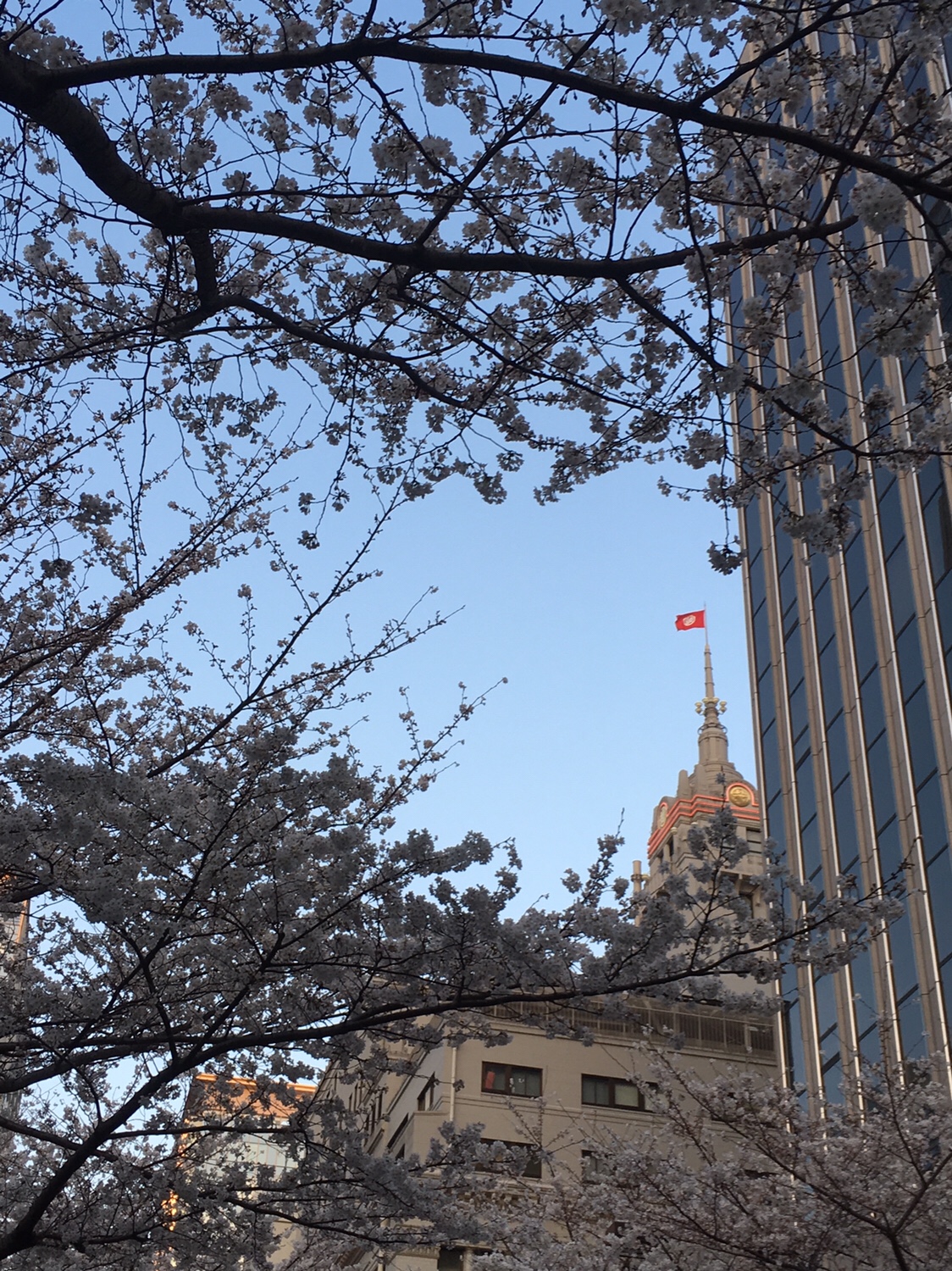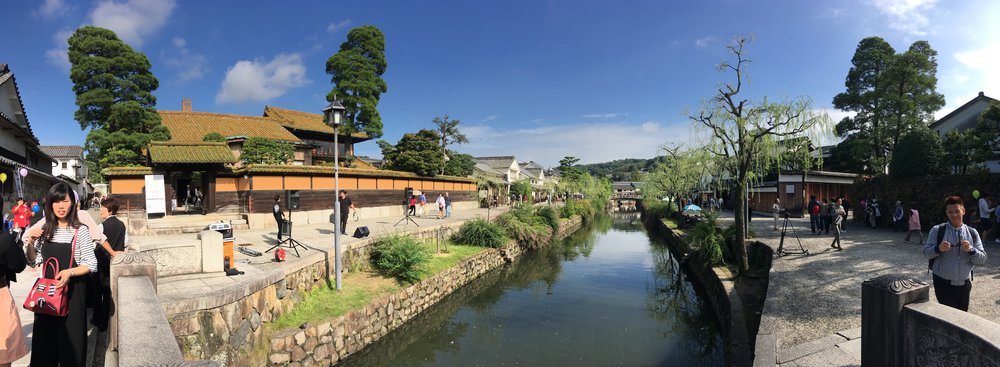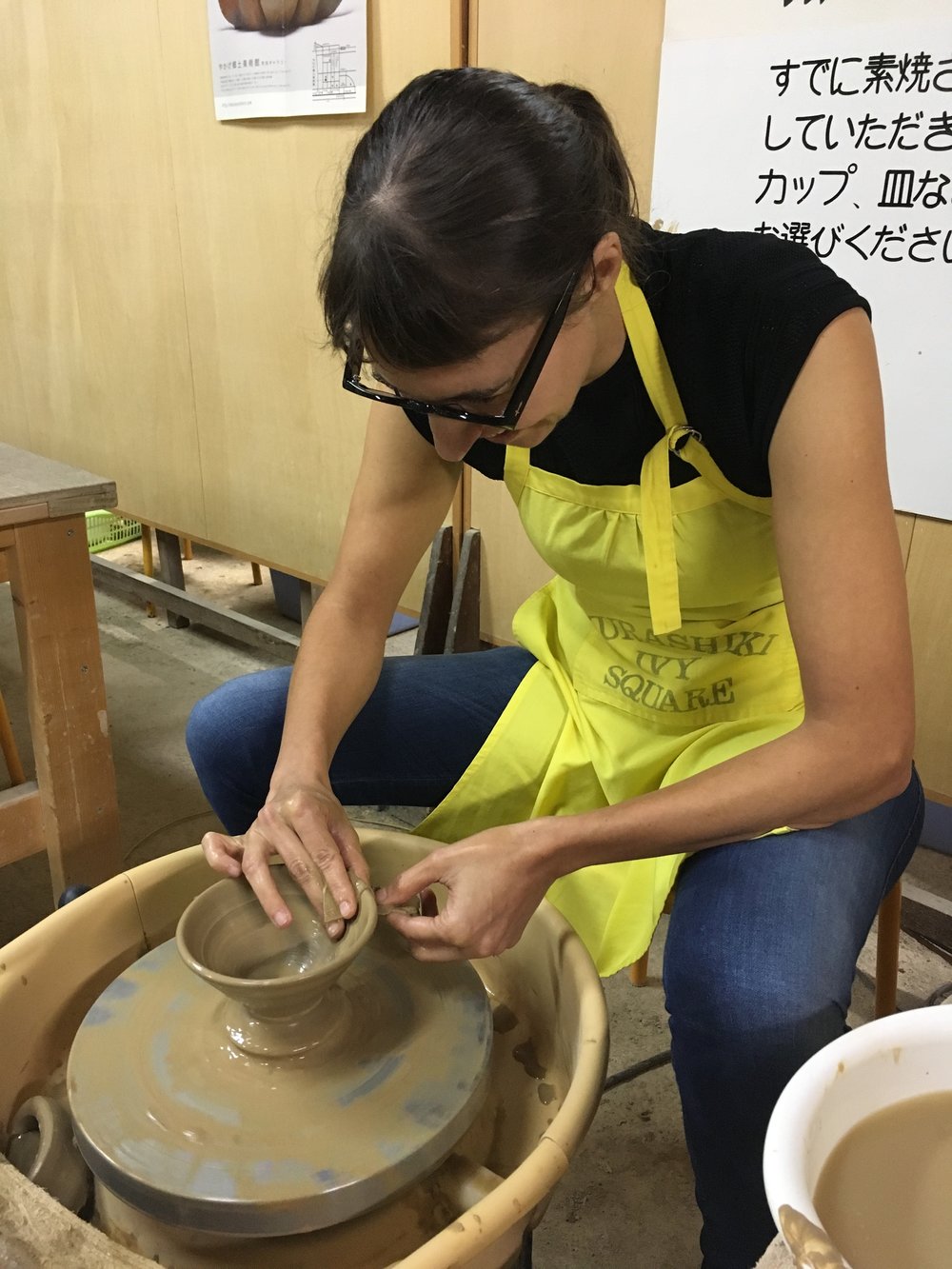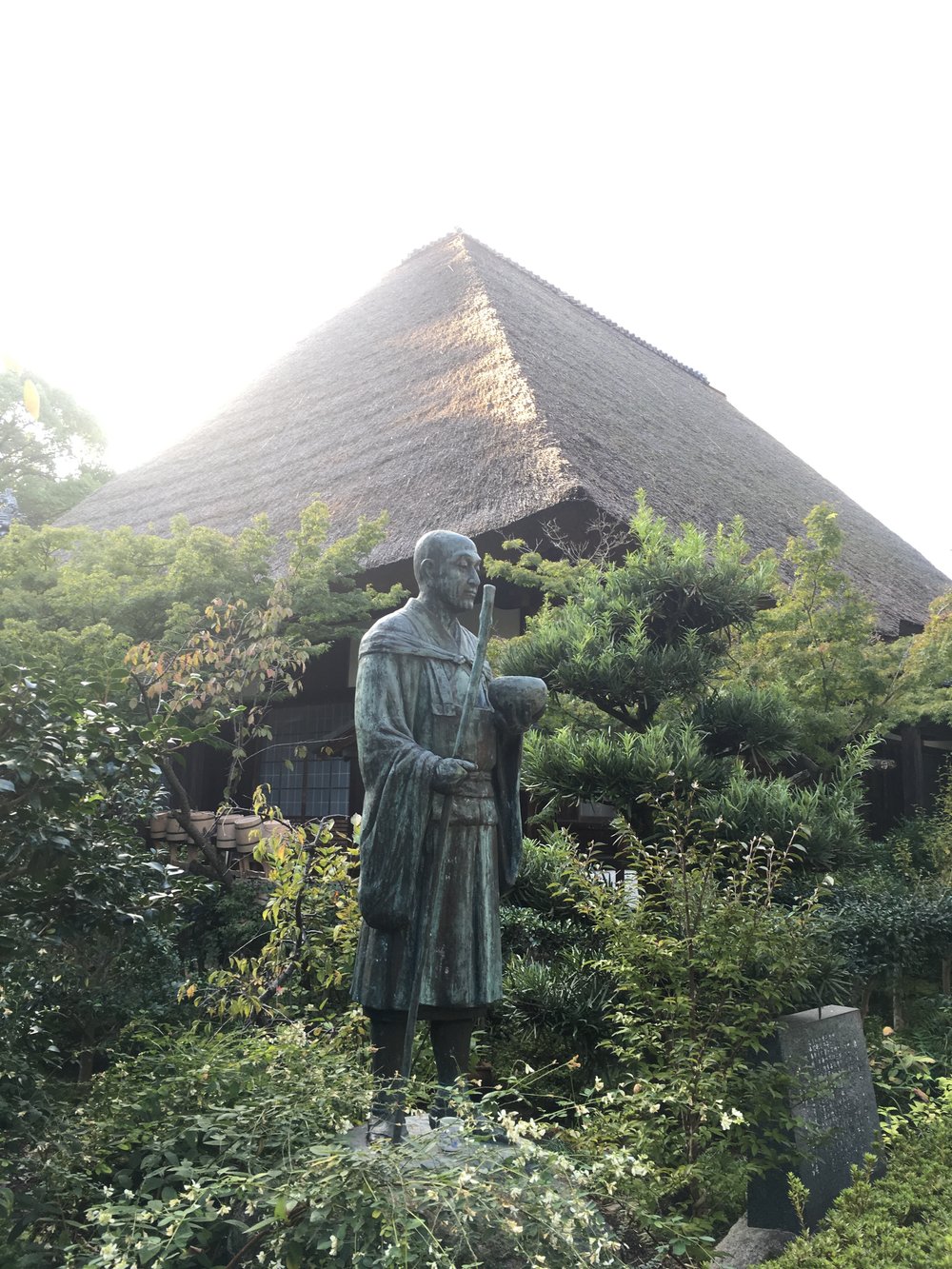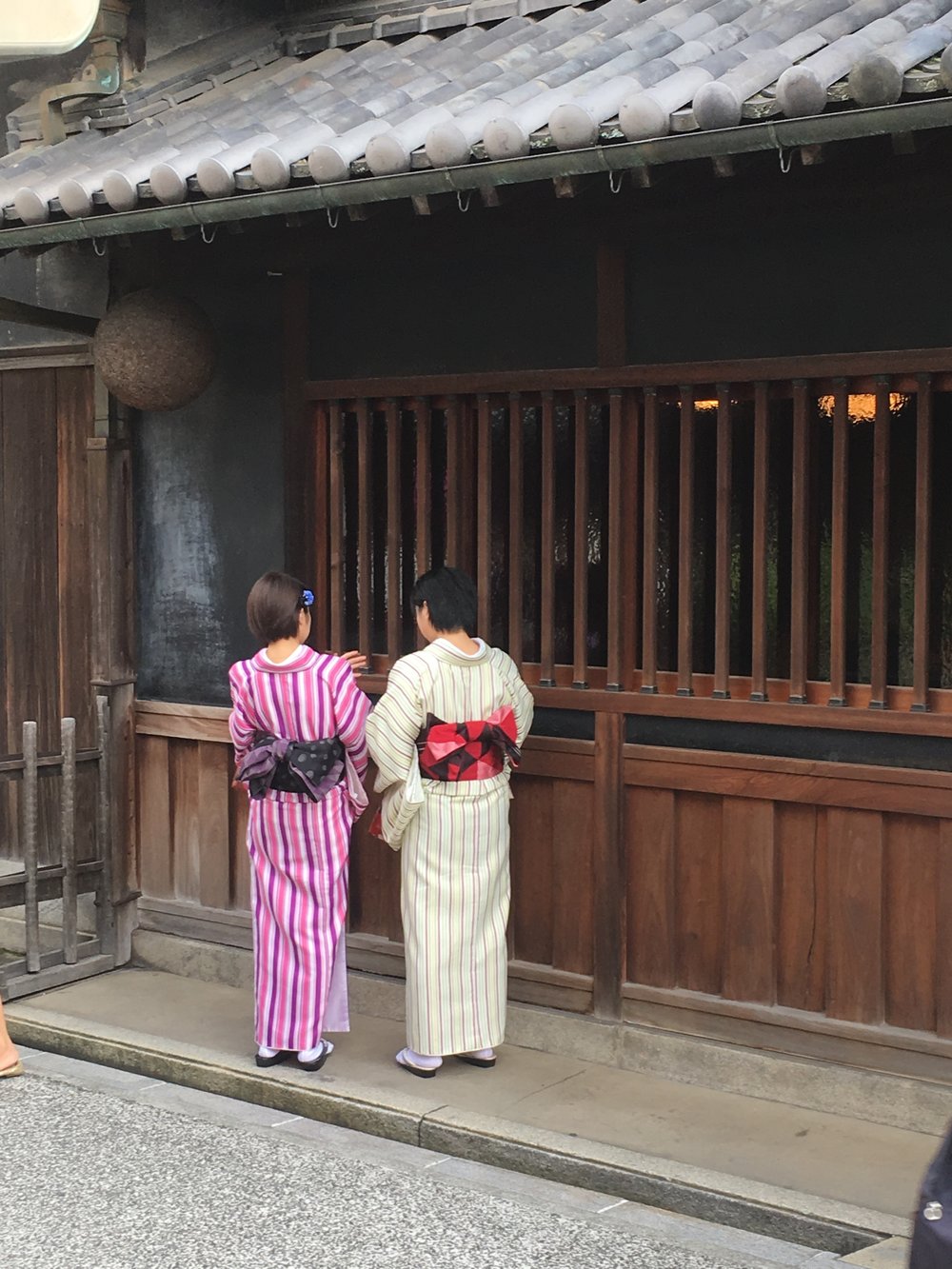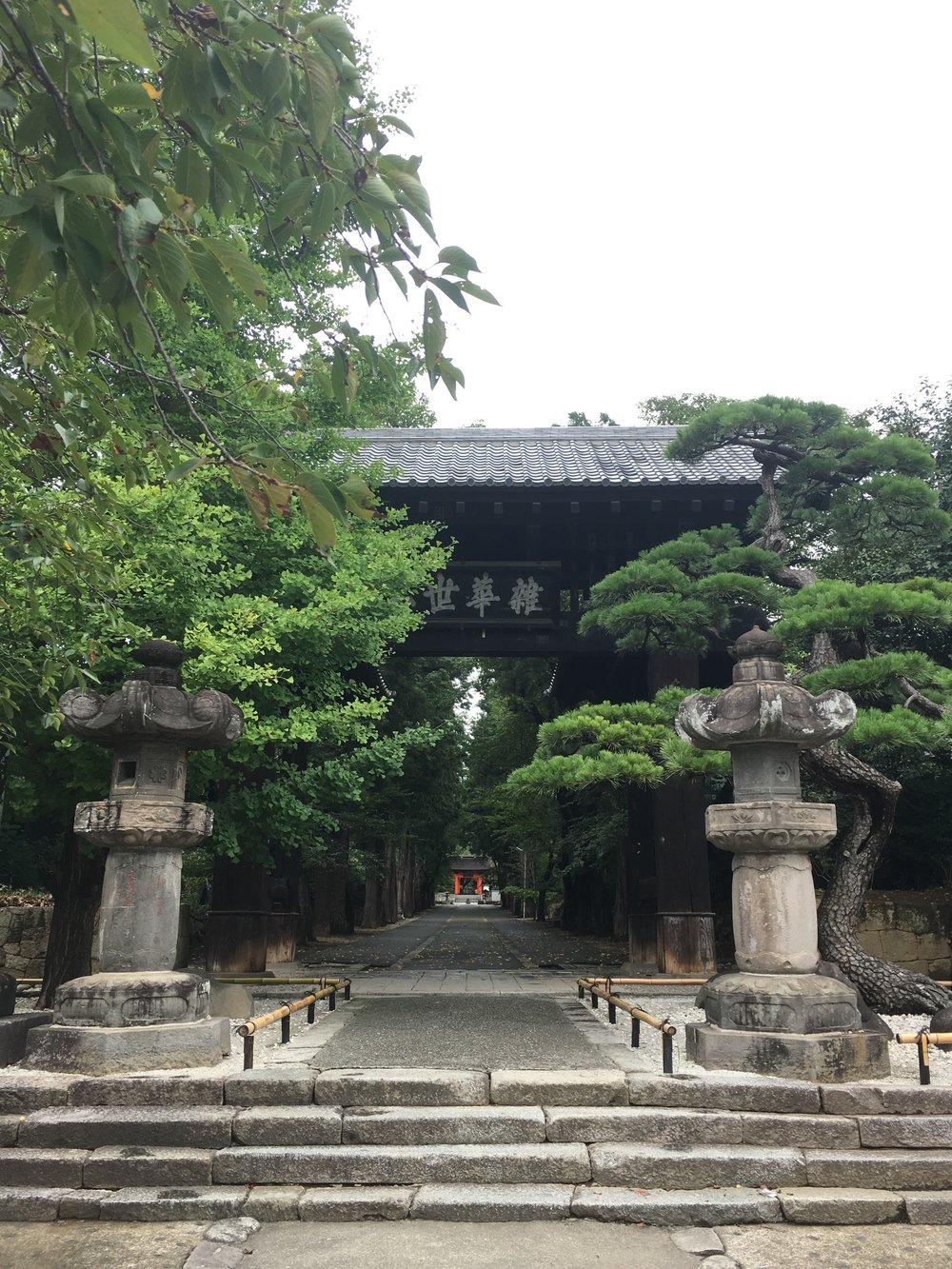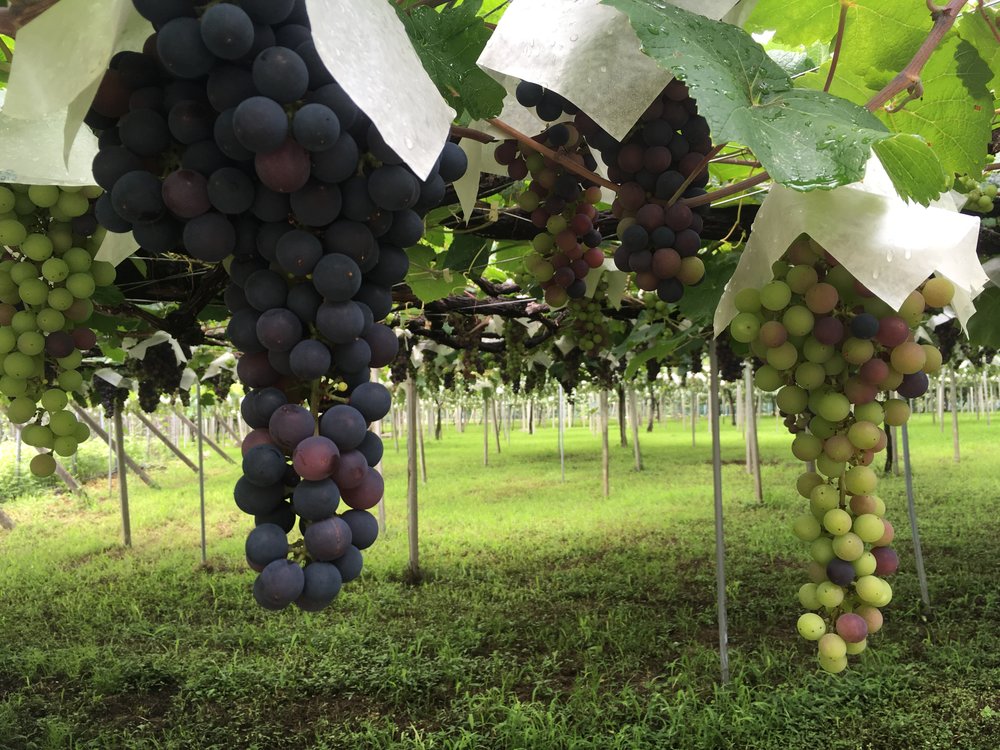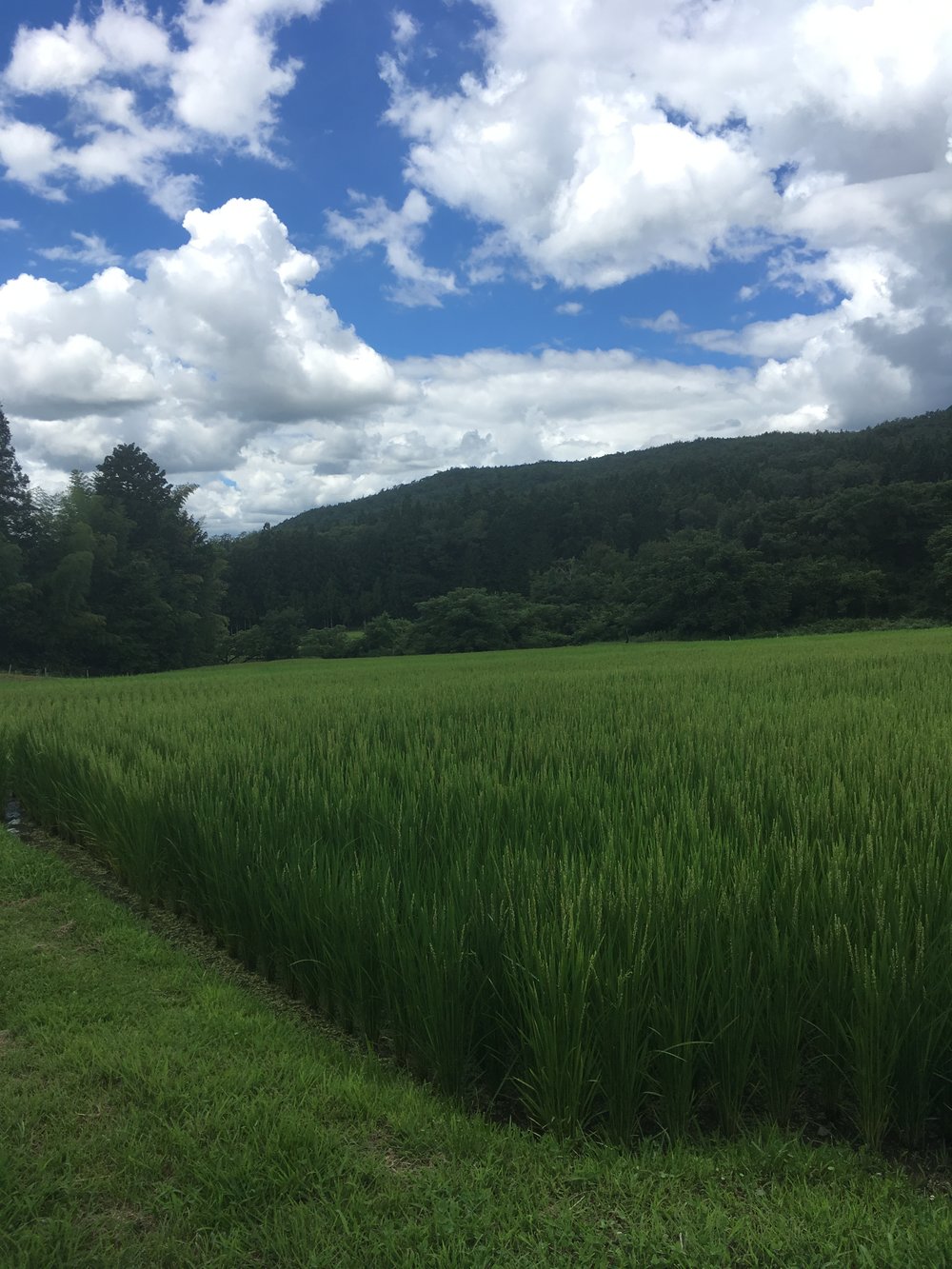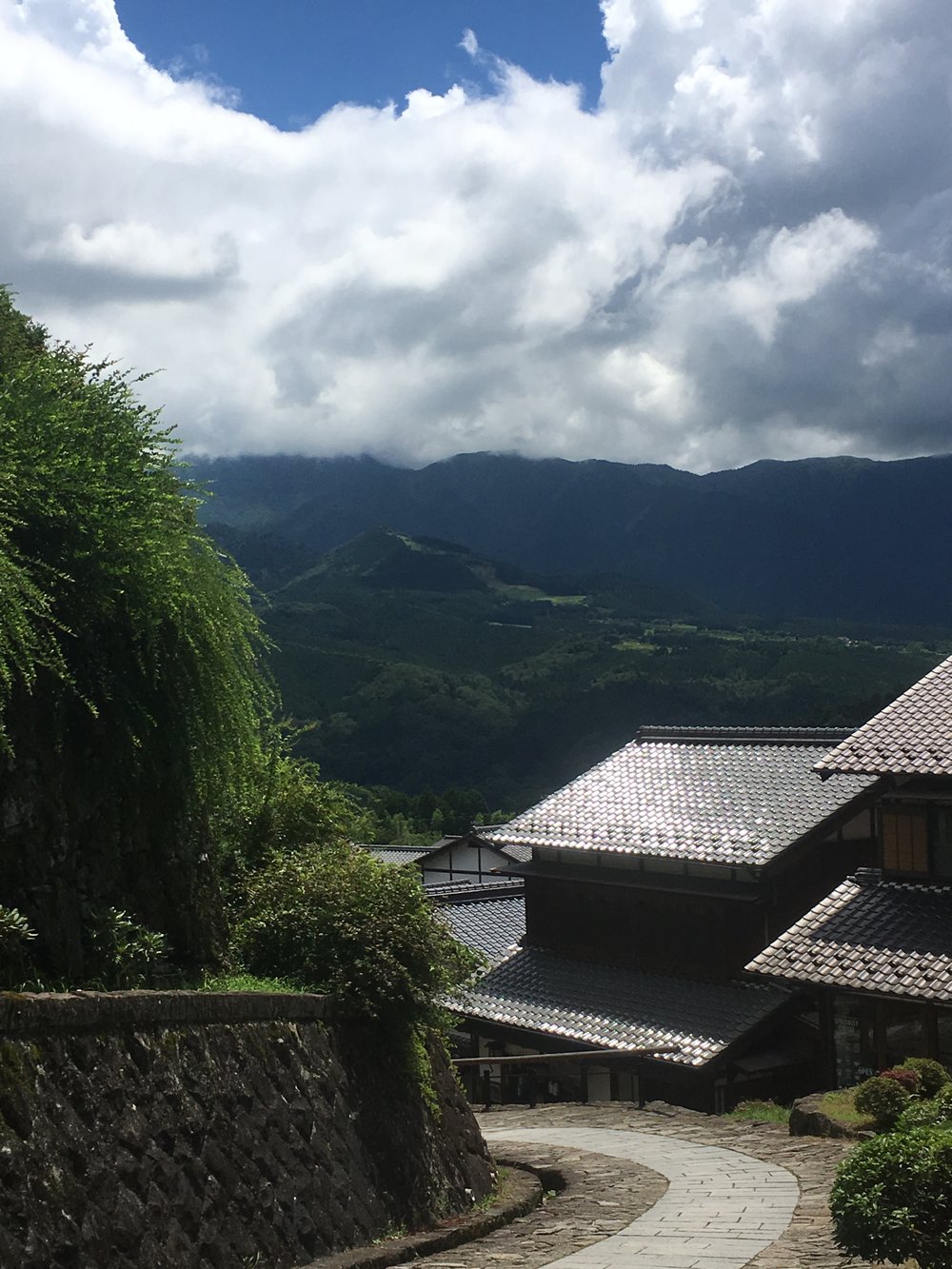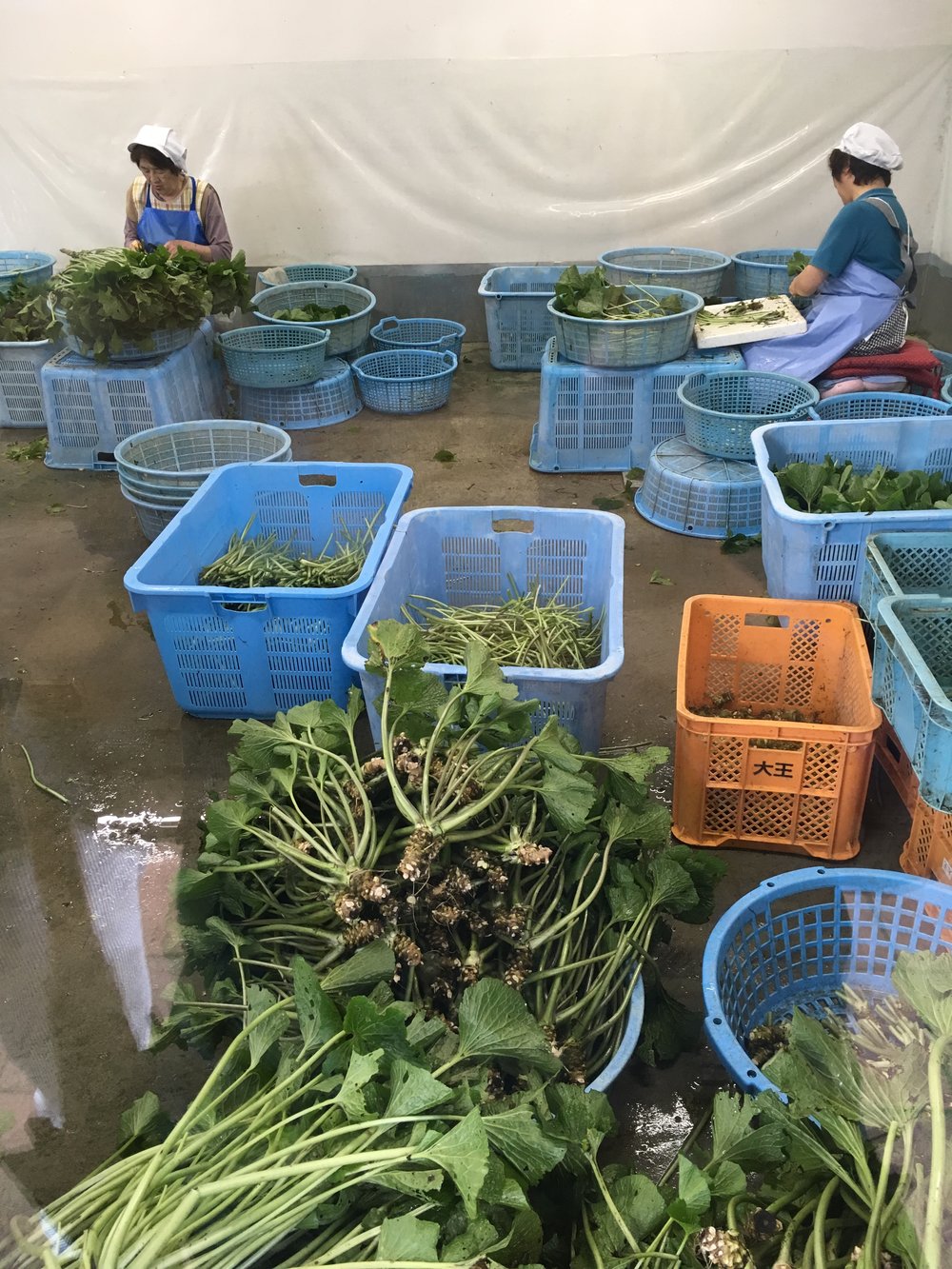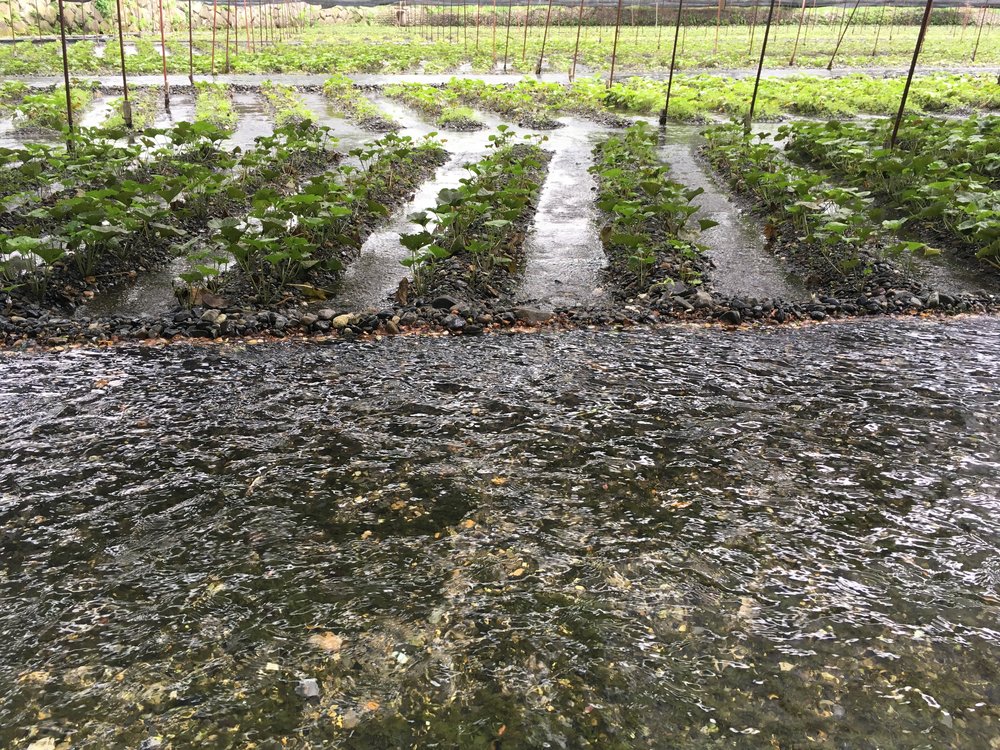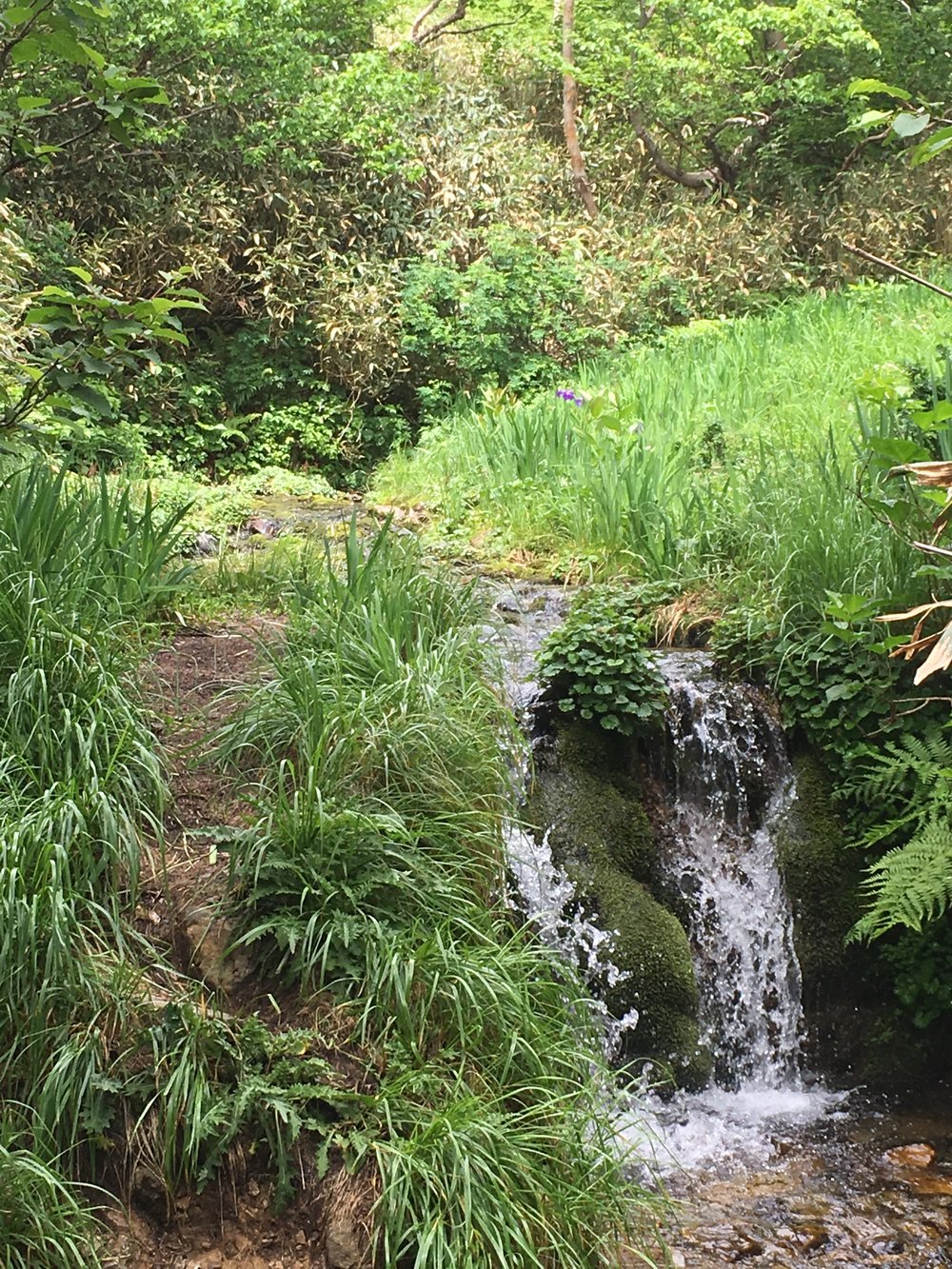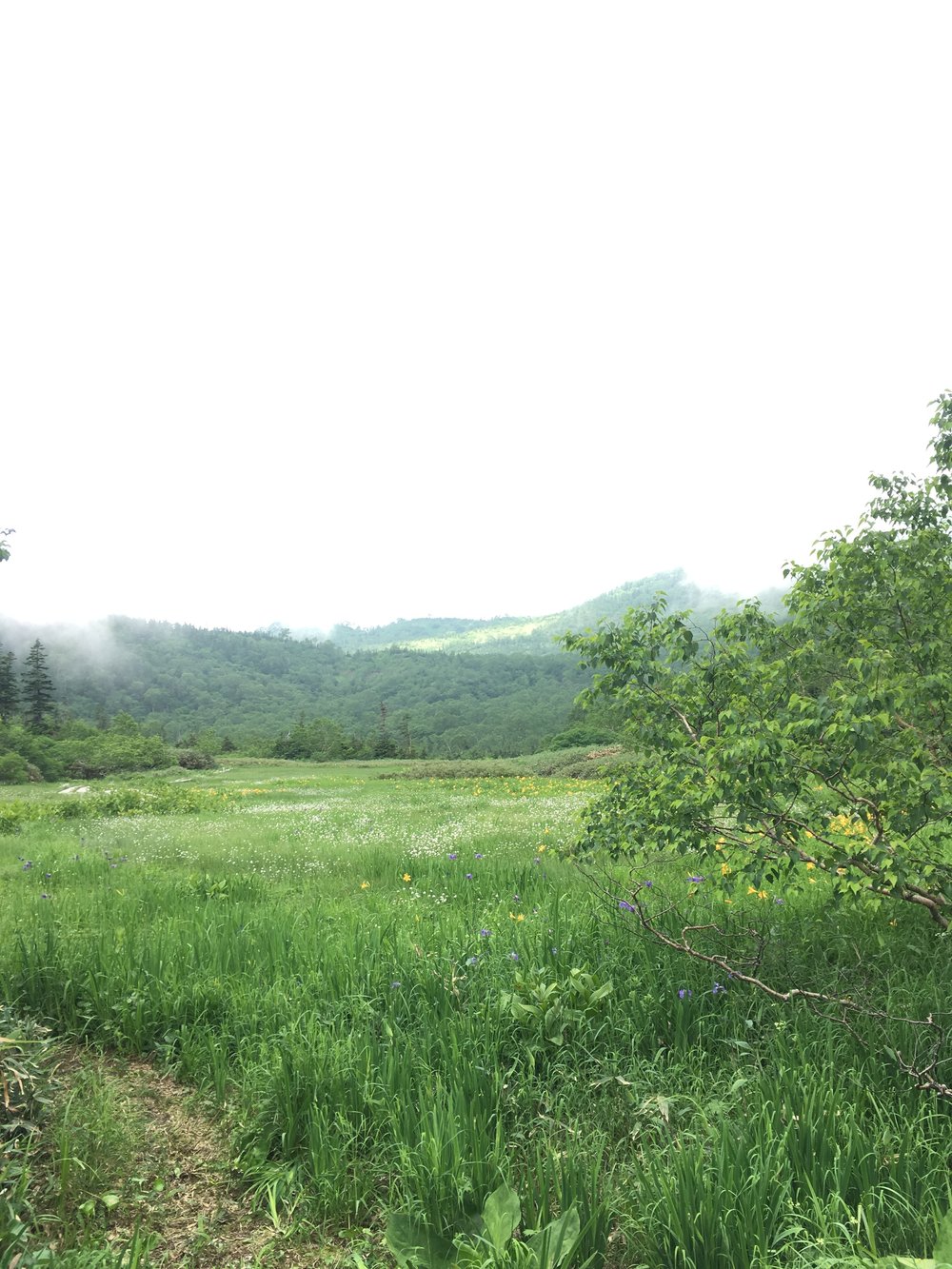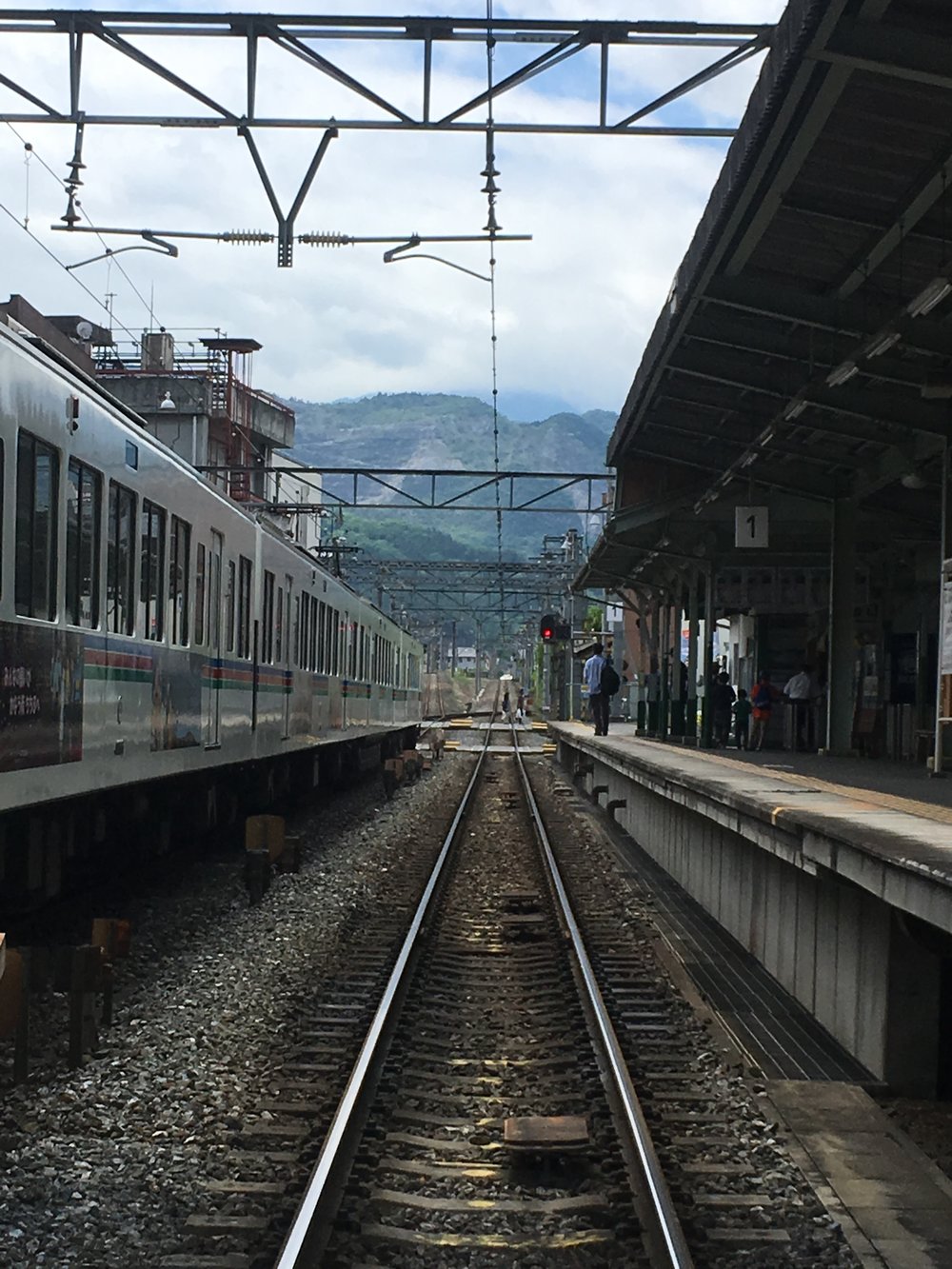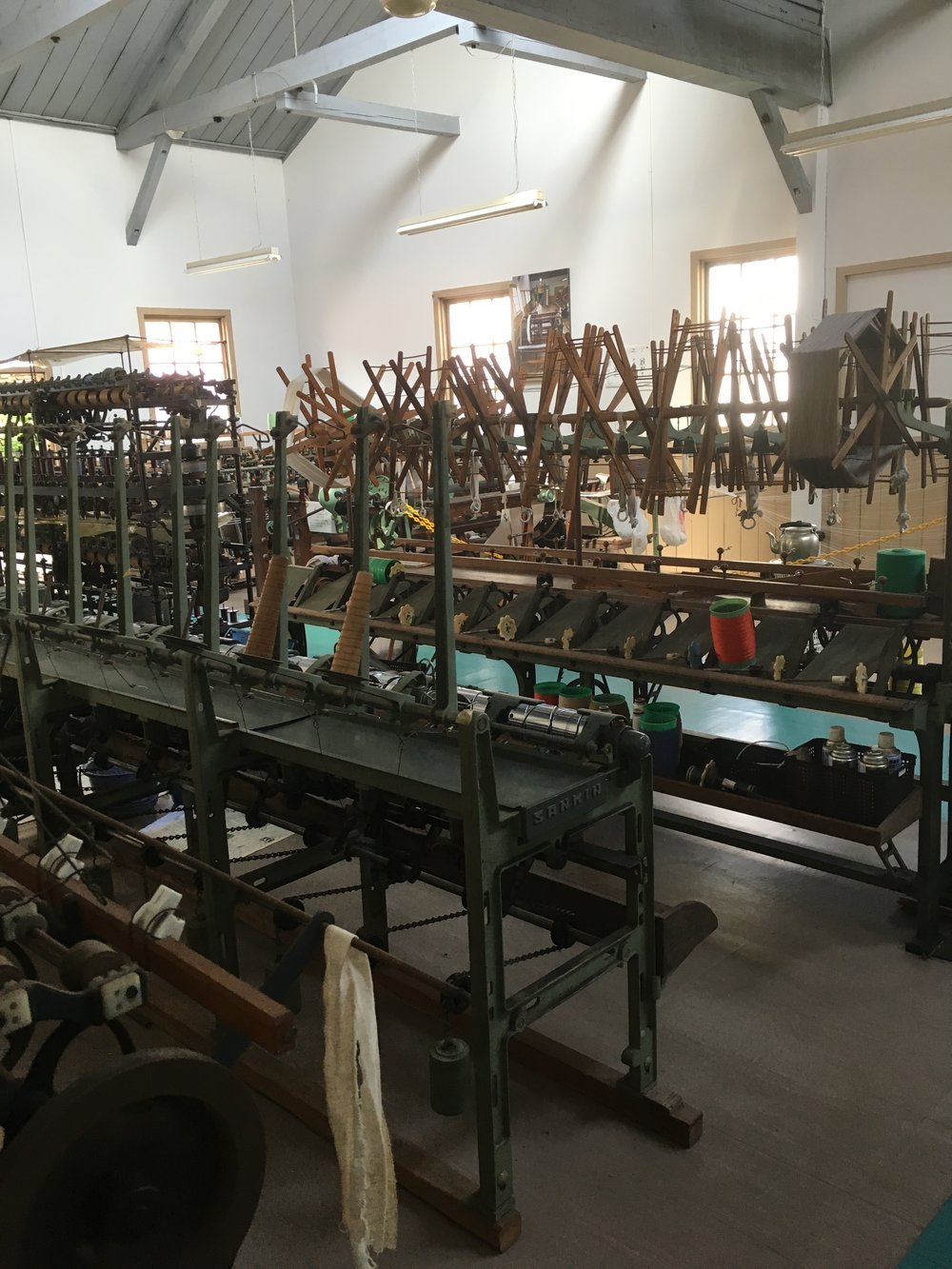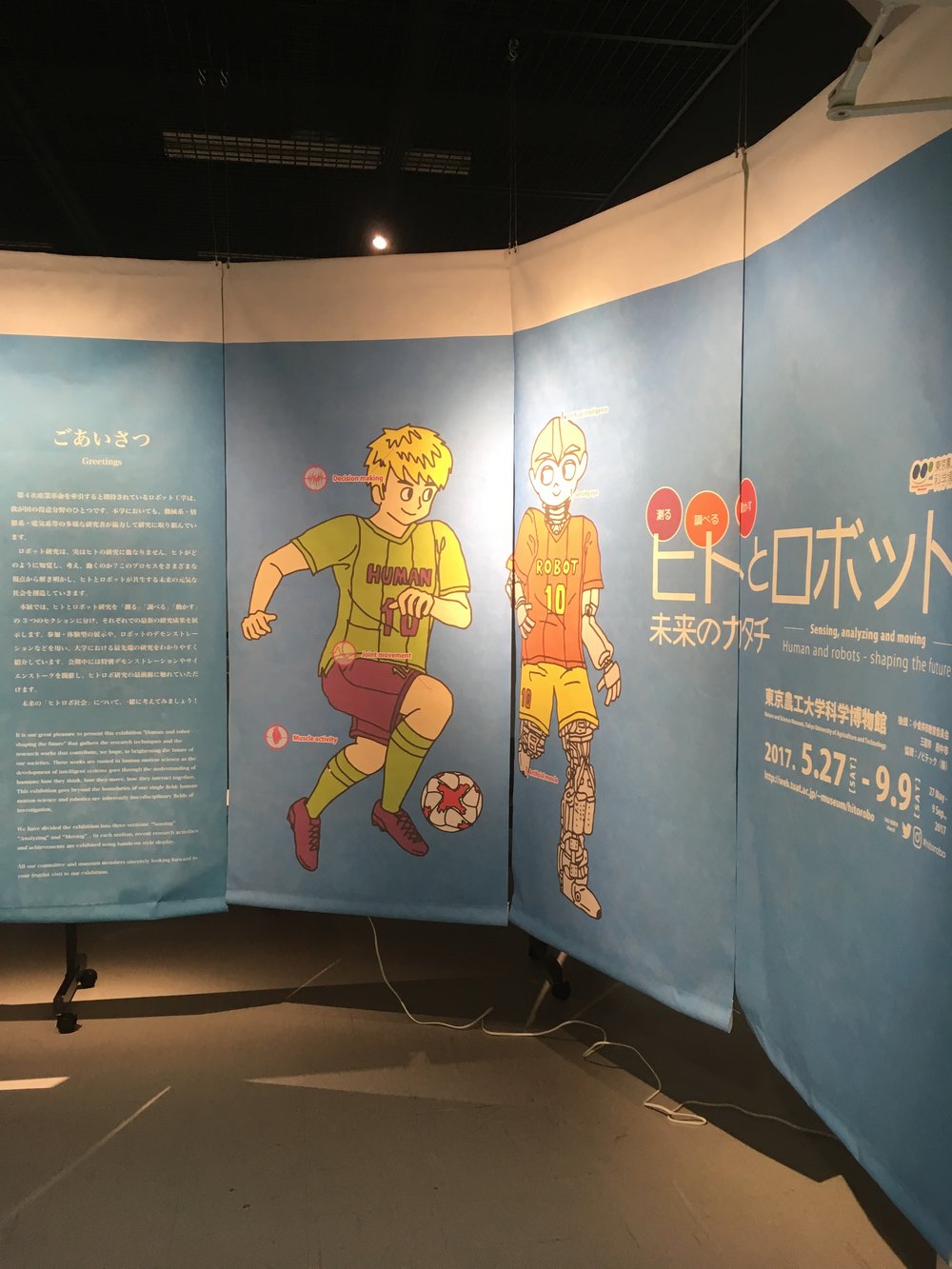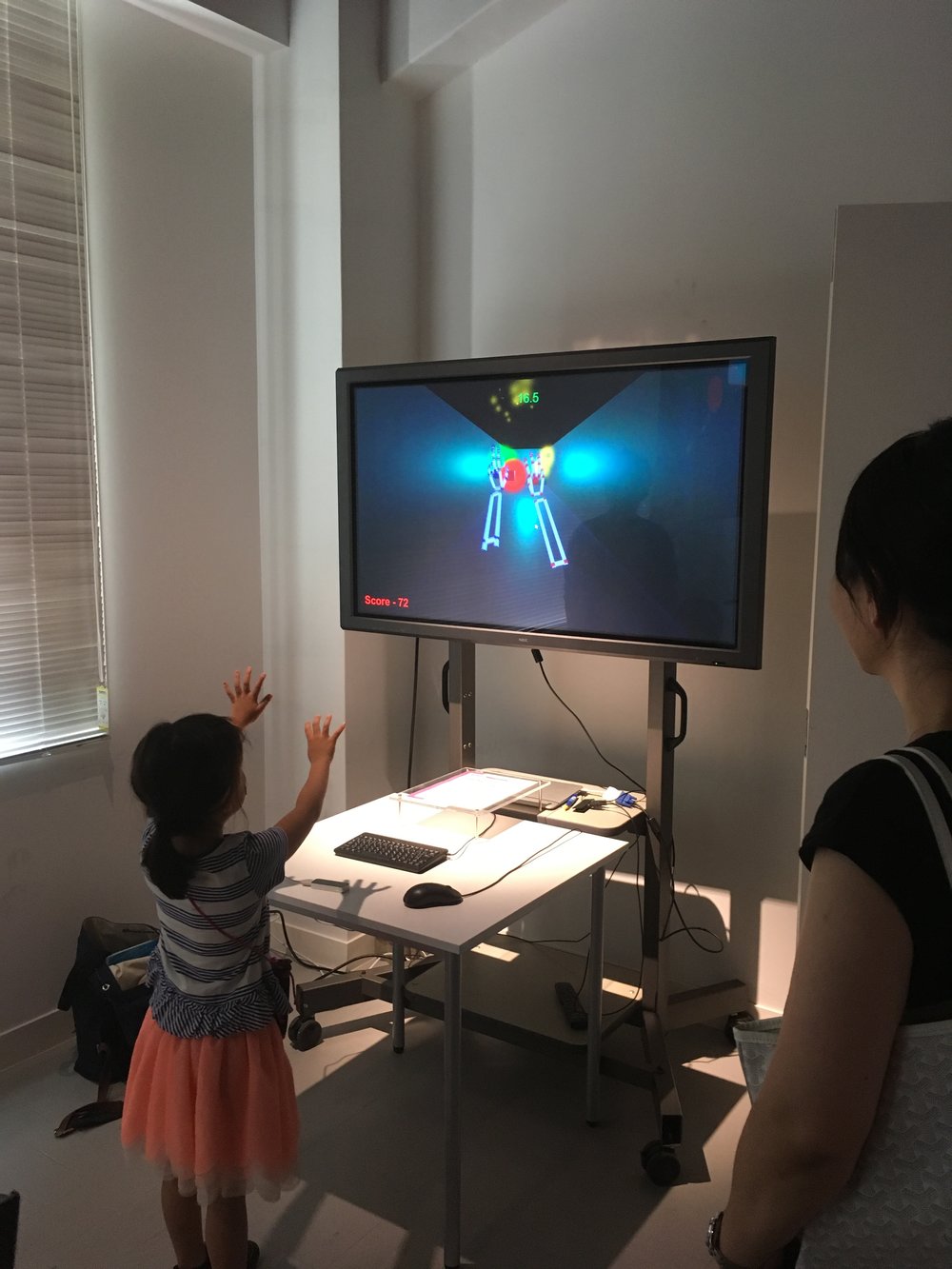Here I am! Back to warm and blossoming Tokyo! What a difference from Canada! Not only it is warm and all the cherry trees are blossoming, people are out to enjoy the weather and the flowers, there is this very special euphoria in March in Japan. The season for graduation, for endings and soon new departures. And we are no exception to that. April is going to be busy, full of novelty and surprises.
When I left Tokyo almost two weeks ago we were only having a few spring veggies: new potatoes mainly and a few greens from the south of Japan, by the time I’m back new carrots, onions, green peas, all the wild vegetables are displayed at the fresh food corner. Bamboos shoots also will be there soon! Since both A. and I are coming back from long separated trips and we are both suffering from jetlag from different time zones, the first things we did was to go grocery shopping to indulge ourselves with a nice dinner that will make us feel the season and prepare our mind and bodies to the Japanese time. It is quite rare I shop for food in Tokyo recently, but I have a few favorite places: Mitsukoshi Nihonbashi, Seijo ishi Tokyo Dome or Isetan Shinjuku. This time we stopped at Mitsukoshi and got some fresh new vegetables and a piece of fresh red sea-bream. It’s not always easy to find wild fish but at least I know each of these three places usually have some. And the dinner then was just simply decided with a classical preparation of sautéed vegetables slightly deglazed in soya sauce and pan grilled fish. And I am so happy to be back.